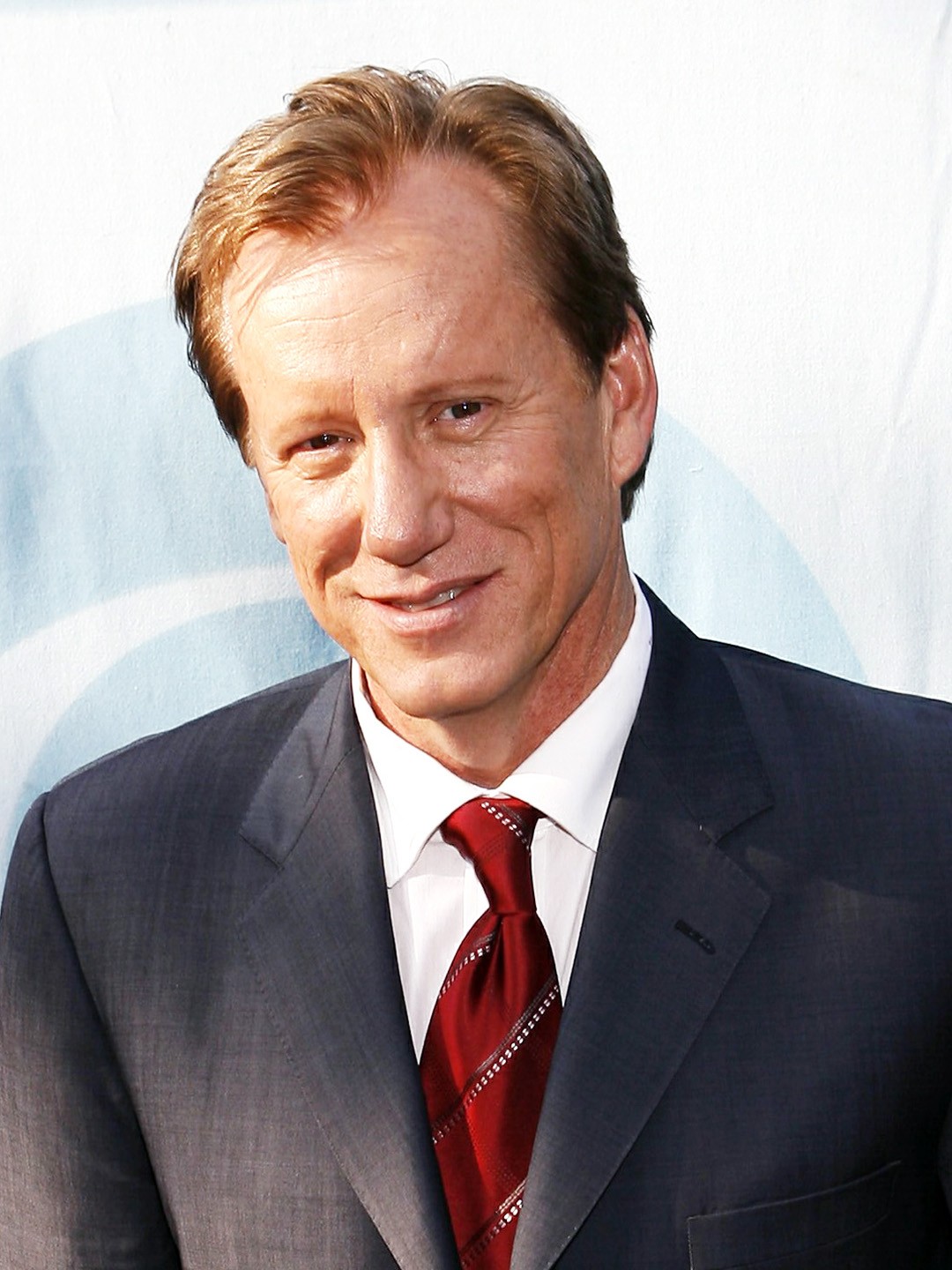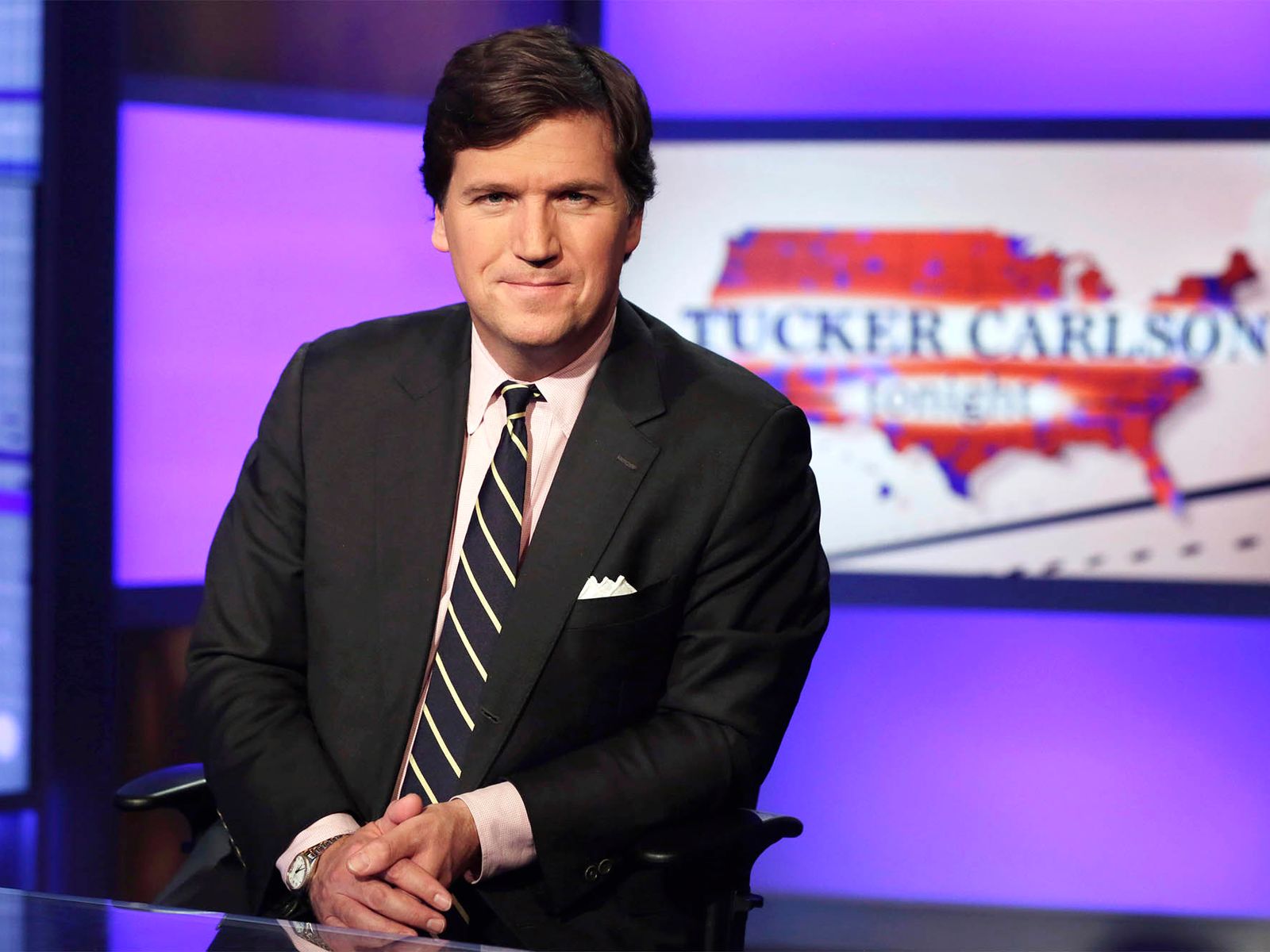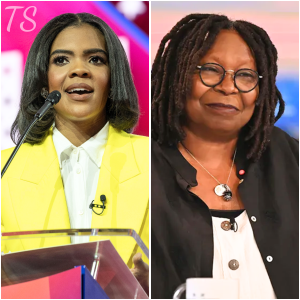Tucker Carlson’s recent maneuvers point to a potential alliance that has stirred considerable chatter within media circles, particularly regarding the popular daytime talk show “The View.” Rumors are swirling that Carlson, a prominent figure in conservative media, is contemplating a bold move by enlisting James Woods, the veteran actor known for his outspoken conservatism, to challenge the narrative presented on “The View.” Given the show’s history of liberal commentary, this proposed collaboration is being viewed as a calculated effort by Carlson and Woods to create a counter-narrative that aligns with conservative values while potentially drawing in millions of viewers who feel marginalized by mainstream media rhetoric.
Carlson, who became a household name during his tenure at Fox News, is known for his combative style and willingness to confront guests and issues that tread outside the traditional conservative playbook. His departure from Fox News earlier this year sent shockwaves through the media landscape, but it also opened up new avenues for Carlson to explore various platforms and outlets to express his views. His decision to team up with Woods—a figure renowned not just for his performances on screen but also for his readiness to engage in political discourse—could generate significant attention. Woods, a two-time Academy Award nominee, has effectively used social media to amplify conservative perspectives and challenge mainstream narratives, making him a valuable ally for Carlson.
The dynamic duo’s potential collaboration could focus on addressing issues raised in “The View,” a show long criticized by conservatives for its perceived liberal bias. With a rotating cast of hosts that includes notable figures such as Whoopi Goldberg and Joy Behar, “The View” often serves as a platform for progressive discourse, which Carlson and Woods may see as needing an alternative viewpoint. Through this partnership, they could aim to dissect and critique segments of “The View” in real-time or even consider a direct competition format, where they attempt to fill the same time slot with a show that presents conservative viewpoints and challenges liberal narratives head-on.

If this plan materializes, one of the significant repercussions could be a significant shift in viewership dynamics. Carlson has a robust following, and Woods possesses a substantial fanbase as well. Together, they have the potential to draw audiences who are tired of what they see as one-sided discussions on mainstream networks. They could leverage their combined social media presence to create buzz and build momentum, perhaps even through live events or online streaming platforms where their views could reach a broader audience free from traditional network restrictions.
Moreover, this proposed alliance goes beyond mere ratings; it represents a wider cultural battle over media representation and the stories that get told. In an age where discussions about free speech and media censorship are at the forefront, Carlson and Woods’ collaboration could symbolize a push-back against what they perceive as a liberal monopoly on media discourse. This initiative could resonate with viewers who feel disenfranchised, granting them a sense of representation in a media landscape they view as increasingly dominated by progressive ideologies.
As Carlson and Woods explore the feasibility of this project, the attention it garners will likely intensify discussions about media, culture, and the future of political discourse on television. Whether this move will result in a public showdown with “The View” or simply fuel further conversations about opposing political narratives remains to be seen, but one thing is clear: Carlson and Woods are no strangers to stirring the pot in the media arena, and this potential partnership promises to be no exception.





